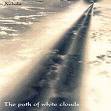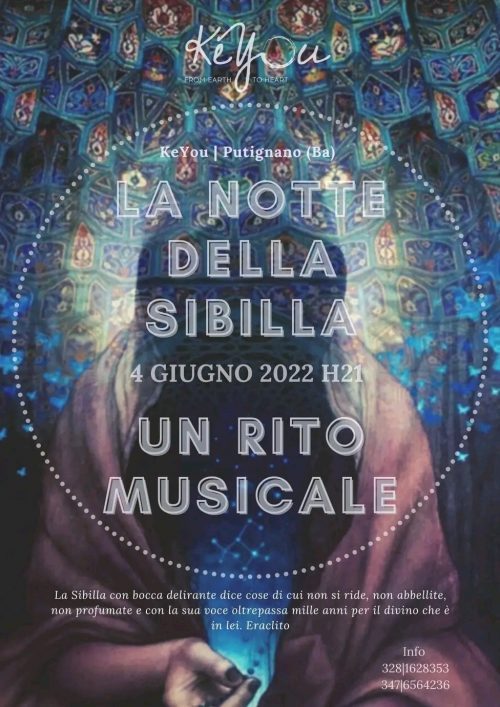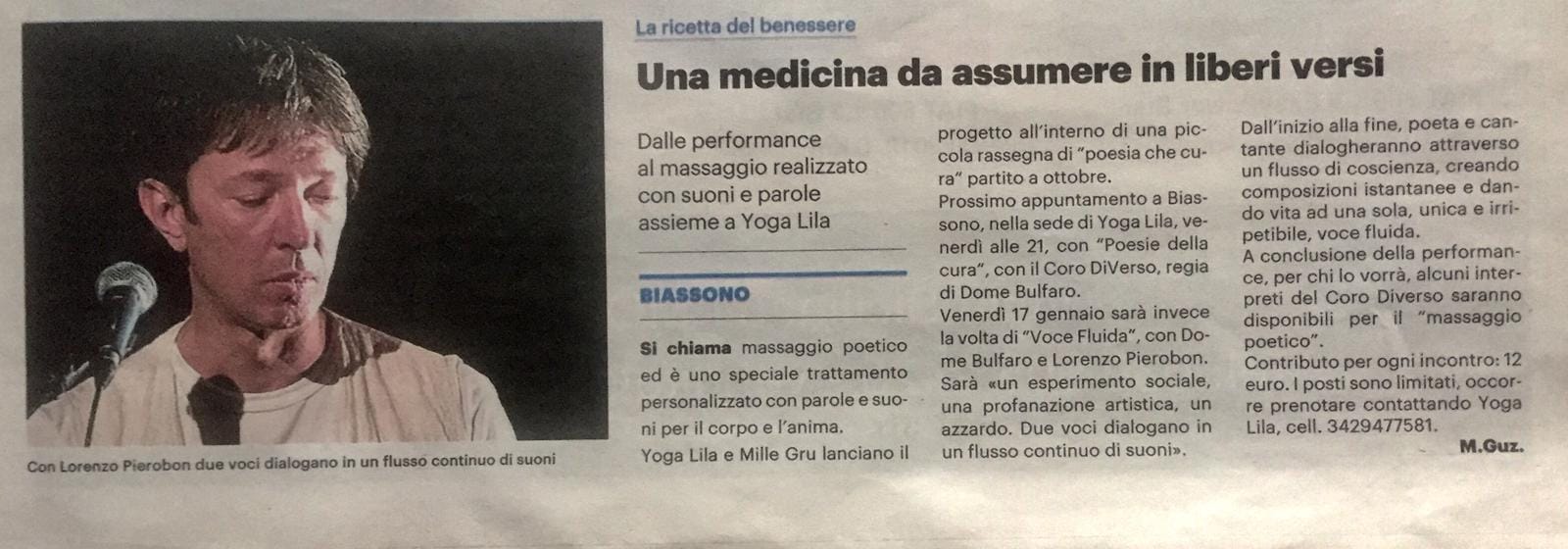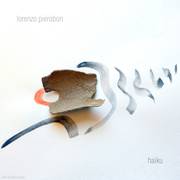Nebula’s first album, Genesis was one of my favorite releases of 2002–an extremely evocative musical travelogue through the creation of the universe from a spiritual perspective. Now, Nebula return withThe Path of White Clouds and a larger line-up that reads like a European Ambient Super-group: featuring Oöphoi, Klaus Wiese, Tau Ceti (whose recent collaboration with Oöphoi, Subterrania, is well worth hunting down), Mathias Grassow, Mauro Malgrande, Lorenzo Pierobon, and others. The sound is exactly what one might expect from these artists, though this release abandons the deep space textures and tones in favor of spaces located within the psyche.
The Path of White Clouds begins with “The Quest” which sounds very similar to the material found onGenesis–deep, resonant drones which have the feeling of ascending higher and higher as one listens (rather like some of Michael Stearns work on the Serge synth). This is the briefest track on the CD (at four minutes), and it’s clear we are coming from the depth of the nascent universe to a more personal, inner universe. The Buddhist ritual has begun, perhaps, and the higher pitched sounds of singing bowls are ushering us into a quiet trance. The quest is fulfilled quite quickly, indeed, because “Ascension” is achieved almost immediately. Fans of Oöphoi’s The Spirals of Time will find much familiar here as lulling synth drones are accompanied by strange whispering winds and ghostly ambiences. Subtle harmonic chant (easily mistaken for synth) is then layered atop the breathy winds, and an extremely evocative trip is begun. The chanting is excellent, progressive and yet still extremely ambient–it’s a fine compliment to Oöphoi’s psychedelic tonal wash, which sounds like a dramatically dark David Parsons. Next is “Devotion” which opens with sustained gonging (that reaches infinity, it seems). This lunarscape is populated with more ghostly vocals, male and female, giving this a strangely cosmic flavor. One might just as easily be drifting over the quietly trilling moon, as on the Sargasso Sea, mesmerized by sirens. This is a willfully ethereal track, and a highlight. “The Living Mandala” (the title of which sounds like a strange B horror movie) travels to more synthetic territory, with gliding synths and processed shakuhachi that sounds similar to the vocalization on “Ascension.” Tracks like this populate the best of Oöphoi and Grassow releases, and this sounds like a perfect combination of the best of both oeuvres. Tinkling bells add to the ambience, making a textbook example of the strengths and simplicities of these artists’ works.
The epic “Enlightenment” is next, and, at over sixteen minutes, represents the centerpiece of The Path of White Clouds. Continuing the ghostly atmospheres of earlier tracks, the muted sounds of the shakuhachi, as well as some similar sounding synths, meld with airy sounds and unrecognizable noises. This is a quiet, meditative track comprised of what seems to be a rarified air. It’s also a perfect track to sleep to, as the sounds never leave the periphery of consciousness–it’s like listening to a quiet dream. Eventually, synths rise louder, but they are of an appropriately stratospheric quality as enlightenment sneaks up on us unexpectedly. Finally, “The Path of White Clouds” acts as a capstone to the album, with Klaus Wiese’s zither (much like his work on El-Hadra) combined with Pierobon’s harmonic vocals. Yet more ghostly ambience, and we reach the end of a singularly mysterious, airy, and intriguing album.
Unlike the first Nebula album, The Path of White Clouds seems more a cobbling of previously recorded elements than a true collaboration between the artists. As with the previously reviewed Expanding Horizon, this seems an album built up from existing past work. There is much on The Path of White Clouds that is very familiar (even expected) from Oöphoi and his cohorts. Nonetheless, this is strong material, even if not nearly as memorable as Genesis. Fans of the artists involved will not want to miss this one, though casual ambienteers might find other works by those involved more worthy of attention. The Path of White Clouds will not disappoint drone junkies, like myself. However, its limited status of 300 copies is justified, making it a treasure for those who worship the drone, and few others.
Released as CD by Stella Maris
The ambient review
This is another great record of this collective project (Oöphoi, Klaus Wiese, Tau Ceti,Mathias Grassow, Mauro Malgrande, Lorenzo Pierobon, and others) that incorporate sounds that maybe are located in the confins of the abandon deep space, where textures and tones are turn to the within of psyche deep, where resonant drones have the feeling of ascending higher and higher as one listens and it’s clear that we are coming from the depth of the nascent universe, to a more personal inner one.We can find influences of the Buddhist rituals, like in the pitched sounds of singing bowls that turn us into some kind of trance, accompanied by strange whispering winds and ghostly ambiences.
You can also find here on R.N. the first record ( Genesis)of this amazing project.
Released in 2003, by Stella Maris Label
Nebula is not necessarily the first e-music “supergroup.” They might, however, be the strongest. The Path of White Clouds is their second CD and it is stronger than garlic. These seven artists combine synths, bowls, samples, the zither, chants, and the shak to create massive atmospheres and resonant soundscapes. The drones are deep and incessant with gray timbres. They intertwine and create atmospheres of — well — clouds. The evolution from drones to atmospheres involves a cleansing or bleaching so the clouds are white. The path is the goal. The circle is unbroken, thus endless. Jim Brenholts- Eeer Music
2008. Some time during 2008, Hypnos will be re-releasing this album, originally released by the Stella Maris label. “Nebula” (previously known as “Nebula”) is an ambient supergroup of sorts, featuring Oophoi, Tau Ceti, Mathias Grassow, Klaus Wiese, Lorenzo Pierobon, Luna, and Mauro Malgrande. This is a beautiful, ethereal and abstract ambient recording, which certainly deserved greater attention than it received prior to the demise of Stella Maris (which existed only long enough to release 2 Nebula albums).
Hypnos







Info sull'autore